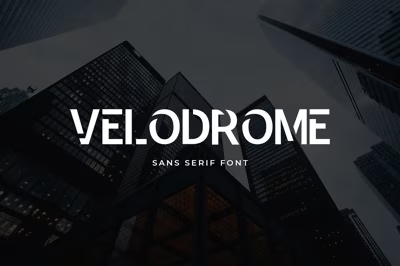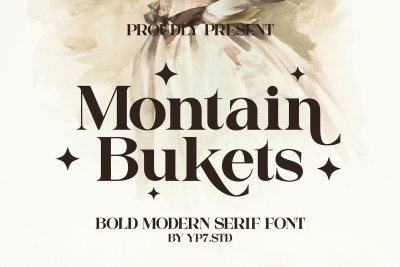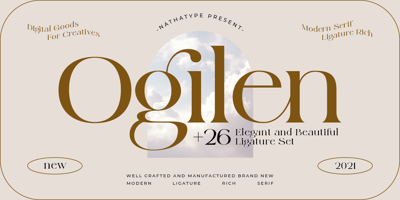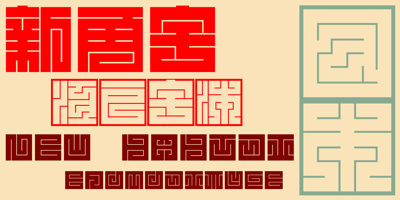Top Font Trends of 2026
Top Font Trends of 2026
Typography never stands still. As we move through 2026, designers are pushing boundaries and reimagining how fonts can communicate, evoke emotion, and create memorable experiences. Here are the hottest font trends shaping design this year.
1. Variable Fonts Take Center Stage
Variable fonts are finally having their moment. These revolutionary fonts contain multiple variations within a single file, allowing designers to adjust weight, width, and other attributes seamlessly. Instead of loading separate files for regular, bold, and italic, one variable font does it all.
The result? Faster loading times, smoother animations, and unprecedented creative flexibility. Expect to see more brands adopting variable fonts as standard practice in 2026.
2. Brutalist Typography Returns
Clean and minimal is taking a backseat as brutalist typography makes a bold comeback. Think intentionally rough edges, clashing weights, unconventional spacing, and fonts that break traditional design rules. This trend embraces imperfection and rawness.
Brands wanting to stand out from the sea of polished minimalism are turning to brutalist fonts that demand attention and refuse to be ignored.
3. Retro Futurism
The past meets the future in this nostalgic yet forward-thinking trend. Designers are reviving fonts from the 70s, 80s, and 90s but giving them a modern, tech-inspired twist. Think chrome effects, neon glows, and geometric shapes reminiscent of old sci-fi aesthetics.
This trend taps into nostalgia while still feeling fresh and innovative—perfect for brands wanting to evoke familiarity with a futuristic edge.
4. Organic and Hand-Drawn Fonts
As digital experiences become more polished and AI-generated content floods the internet, there's a growing appetite for authenticity. Hand-drawn, imperfect fonts bring warmth and humanity back to design.
These fonts feel personal and genuine, creating an emotional connection that pristine, computer-generated typography can't match. Expect to see more brands using handwritten fonts to cut through digital noise.
5. Kinetic Typography
Typography is moving—literally. Kinetic typography, where text animates and transforms, is exploding in web design and social media content. Fonts that morph, bounce, glitch, and respond to user interaction create engaging, memorable experiences.
With improved web animation tools and faster internet speeds, designers are embracing motion as an integral part of their typography choices.
6. Experimental Serifs
Serifs are getting weird, and we're here for it. Designers are stretching, distorting, and reimagining traditional serif fonts in unexpected ways. Exaggerated serifs, unusual proportions, and creative interpretations are breathing new life into this classic style.
These experimental serifs work beautifully for headlines and branding, offering elegance with an edge.
7. Maximalist Display Fonts
Go big or go home. 2026 is seeing a surge in bold, ornate display fonts packed with personality. These attention-grabbing fonts work perfectly for logos, posters, and social media graphics where standing out is essential.
From intricate decorative elements to chunky 3D effects, maximalist fonts celebrate abundance and creativity.
8. Accessible and Inclusive Design
Beyond aesthetics, there's a growing focus on fonts designed for accessibility. Typefaces specifically created for dyslexic readers, fonts with improved legibility for visually impaired users, and designs that work across diverse languages are becoming priorities.
This isn't just a trend—it's a necessary evolution toward more inclusive digital experiences.
9. Monospace Modernization
Monospace fonts, once reserved for coding and technical documents, are getting fashionable makeovers. Designers are incorporating these fixed-width fonts into mainstream branding and editorial design, bringing a technical, precise aesthetic to various projects.
The structured, grid-like nature of monospace fonts appeals to brands wanting to convey precision and reliability.
10. AI-Enhanced Custom Fonts
Artificial intelligence is making custom font creation more accessible. Designers are using AI tools to generate unique typefaces tailored to specific brand needs, then refining them manually for perfection.
This hybrid approach combines computational power with human creativity, resulting in truly one-of-a-kind fonts.
Choosing What's Right for You
Trends are inspiring, but they shouldn't dictate every design decision. Consider your brand identity, audience, and message before jumping on any trend. The best typography choices align with your goals while staying current and relevant.
What excites you most about these 2026 font trends? The future of typography is here, and it's more diverse and dynamic than ever.




